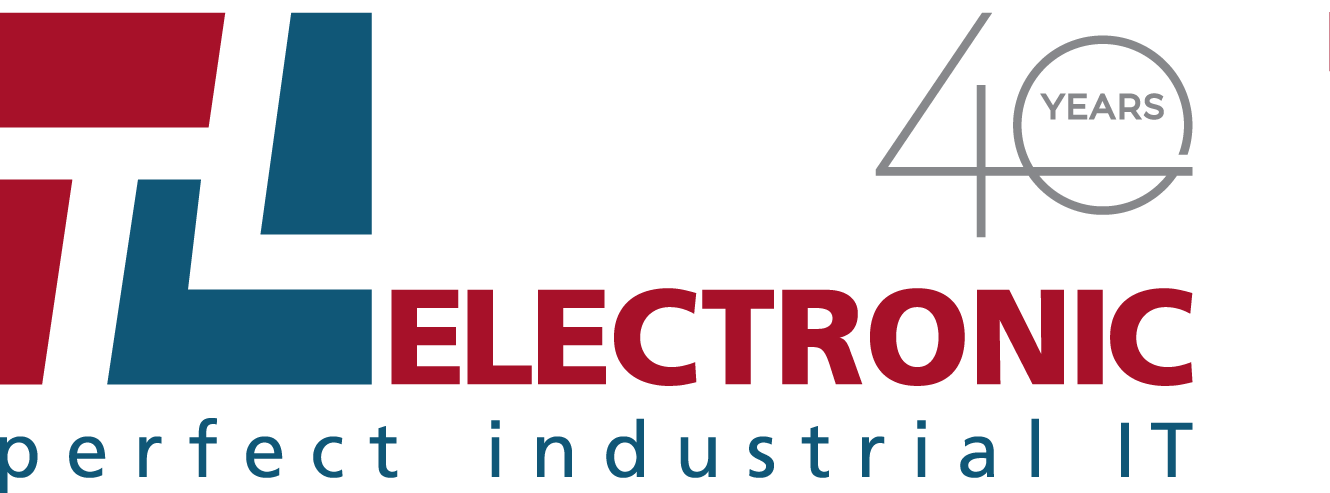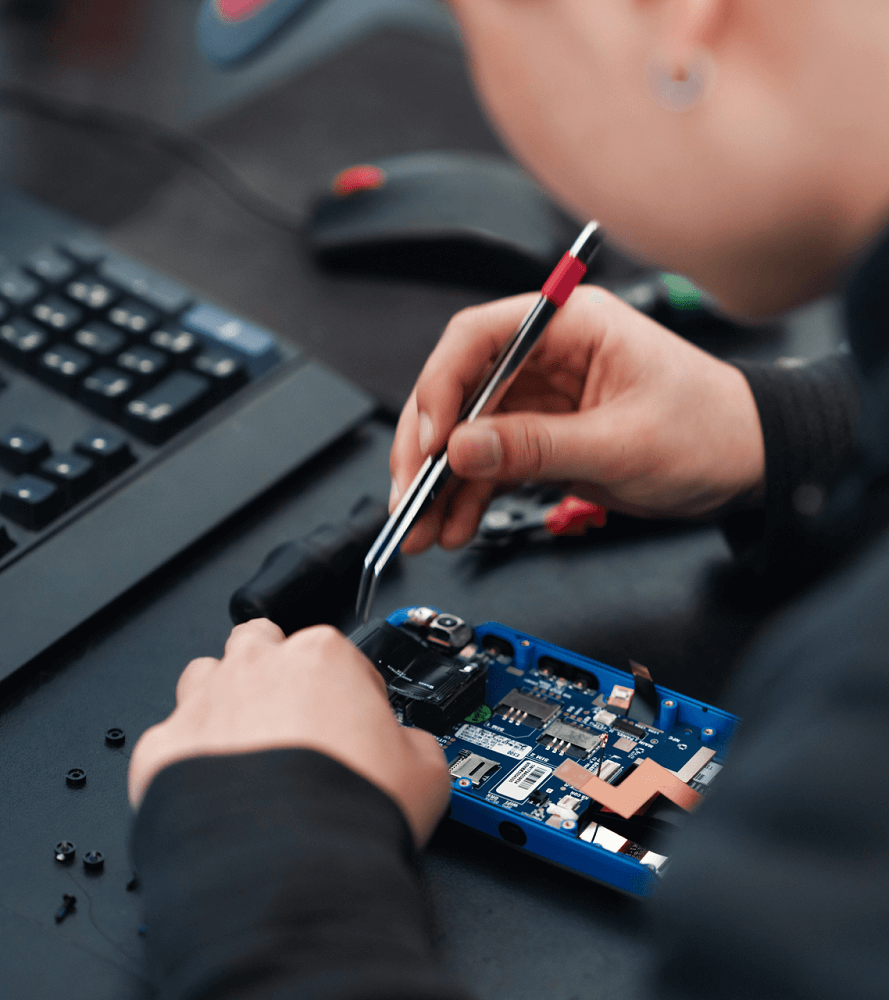Finally: The upgrade to Genio 510 for the Vehicle Mount Computers |
Faster APPs • smoother operation • more performance + storage.
|
|
Perhaps you will remember – ten years ago Winmate and TL introduced the robust Vehicle Mount Computer with the FM10. A lot has happened since then: new CPU generations, more models, sizes and accessories. Today is no exception: The Genio 510 CPU with 6 ARM cores, new Android or Linux and more memory does not send the Snapdragon 660 from 2020 into retirement (long-term availability!), but makes the series fit for the future. The product family has grown with the requirements and wishes of our customers. But the essentials have remained the same: The mechanics, functionality and quality of each model have always been maintained. Also, our comprehensive after-sales service is appreciated for its flexibility in many projects. This has enabled our customers to implement countless successful projects that have been running for many years. |
||||||||||||||||||||||||||||||||||||||||||
![[Video] Rugged Laptops](https://files.crsend.com/225000/225105/images/16276074_2025_06_10_kw24_it_vehicle_mount_computer/img-x-vid.jpg) |
||||||||||||||||||||||||||||||||||||||||||
|
What are the devices capable of? What can they withstand? What models and application options are there? Our webinar video answers all your questions in 6 minutes. |
||||||||||||||||||||||||||||||||||||||||||
|
Industries, applications and benefits |
||||||||||||||||||||||||||||||||||||||||||
|
The vehicle-mounted computers have been developed for industries such as warehouse logistics, transportation, agriculture, construction and waste management. Easily mounted in trucks, forklifts, tractors, carriers, construction and utility vehicles of all kinds, they can withstand tough conditions: |
||||||||||||||||||||||||||||||||||||||||||
 |
||||||||||||||||||||||||||||||||||||||||||
|
The FM-V models are particularly attractive economically. In contrast to FM models, which consist of a docking and tablet unit, each FM-V is a closed unit as an “all-in-one” device that is permanently mounted. However, the variety of optional accessories for mounting and operation is also available here. |
||||||||||||||||||||||||||||||||||||||||||
|
Typical applications: Communication, data collection, dispatching, fleet management, scheduling and route planning, freight tracking, single item tracking, cargo and cold chain monitoring, material flow optimization, supply chain streamlining, vehicle diagnostics and much more. Typical goals: Managing and optimizing operational processes. Thereby enhancing productivity and efficiency, reducing stress and errors and increasing safety. |
||||||||||||||||||||||||||||||||||||||||||
 |
||||||||||||||||||||||||||||||||||||||||||
|
Highlights:
|
||||||||||||||||||||||||||||||||||||||||||
|
Are you looking for a mobility solution for your enterprise? Our experts will be happy to advise you! |
||||||||||||||||||||||||||||||||||||||||||
| Discover Vehicle Mount Computer | ||||||||||||||||||||||||||||||||||||||||||
|
Genio 510 – that’s the name of this SoC (system-on-chip) from IoT and edge AI specialist MediaTek. The so-called “heterogeneous multi-core design” integrates several modern CPU cores from ARM:
This design is called the big.LITTLE concept: The big cores (A78) are high performing and require more energy. The LITTLE cores (A55) are more basic, but consume less power. The CPU switches between the cores as required or uses them in combination to optimize performance and energy efficiency. |
||||||||||||||||||||||||||||||||||||||||||
 The CPU architecture, meaning the structure size of the transistors and conductor paths, of just 6 nm (that’s 30 silicon atoms!) enables a very high power density with less energy consumption and heat generation. The predecessor Snapdragon 660 was 14 nm. |
||||||||||||||||||||||||||||||||||||||||||
|
Benefits in everyday work: Even demanding apps and processes run quickly and reliably. Inputs react immediately and super smoothly. |
||||||||||||||||||||||||||||||||||||||||||
 |
||||||||||||||||||||||||||||||||||||||||||
|
||||||||||||||||||||||||||||||||||||||||||
| Discover Vehicle Mount Computer | ||||||||||||||||||||||||||||||||||||||||||




